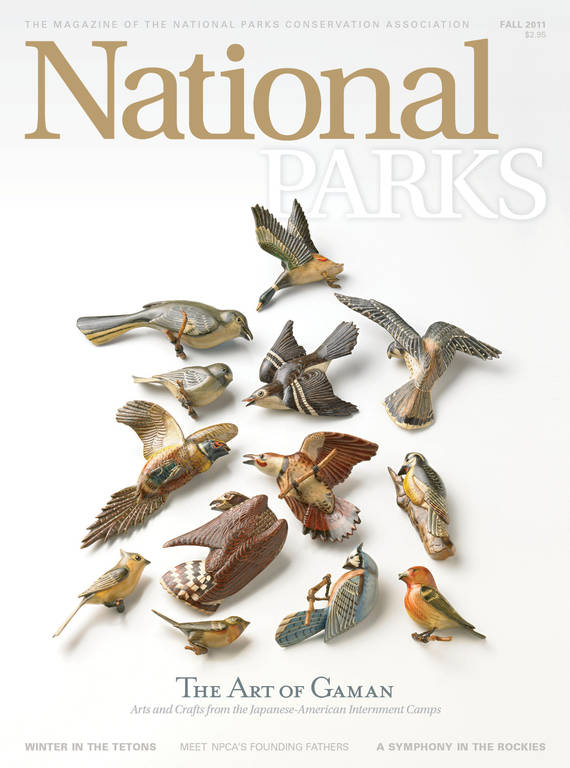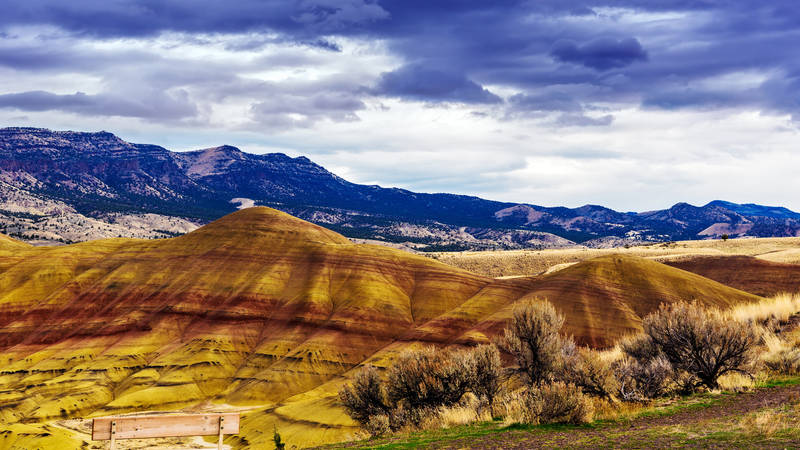Fall 2011
Unusual Suspects
What triggered the fall of Organ Pipe’s acuña cactus?
The Sonoran Desert is the most lush, diverse desert in the world—but you wouldn’t have known it trekking through Organ Pipe Cactus National Monument in Southern Arizona last spring. The landscape, typically carpeted with wildflowers by March, was brown and dry, save for a few bold, orange-flowered ocotillos. Inadequate rainfall and unusually severe winter freezes zapped any chance of color this year.
Some would argue that such conditions are cyclical, nothing out of the ordinary; others see them as yet another warning sign of a changing climate. Growing evidence suggests something more is wrong. Small cactuses (also called “cacti”) throughout the region are disappearing before botanists have a chance to learn even the most basic information about them. And the acuña cactus has proven the most mysterious case of them all.
In 1997, Organ Pipe’s botanists were conducting annual field research when they stumbled upon hundreds of uprooted acuña. “Plants were just lying on the ground, on their sides,” says Sue Rutman, a plant ecologist at the park. “It was devastating.” Worse still, the crime scene was nearly devoid of clues. It seemed like a case of thoughtless vandalism, yet whoever or whatever had done the damage didn’t seem to profit from it in any way: The plants hadn’t been eaten by a hungry animal, and they hadn’t been removed by a poacher. The staff’s best hunch came in the form of something much smaller and more difficult to penalize: insects.
Sometimes cactuses become infested. When they do, insect larvae munch through the plants’ tissue and eventually hatch into adults. Rutman and her team suspect that there were so many insects inside the plants that the birds heard them and uprooted the acuñas in an effort to reach a tasty snack.
Whatever the culprit, the result was a devastating population crash: a third to half of the park’s acuña cactuses were dead, and the species has been in a swift and steady decline ever since. Evidence supports a growing suspicion among botanists that small cactus species throughout the Sonoran Desert are falling prey to increased insect outbreaks, and drought only weakens the plants’ defenses—a sign of climate change in action.
“Insect populations tend to increase and decrease in cycles,” Rutman says, “so this is all conjecture on our part. But there are a certain set of characteristics that appear when insects damage plants, and we’re seeing them where we never noticed them before.”
Knowing which insects might be boring into the acuña cactus isn’t easy to figure out. Doing so would require cutting into stems, spelling certain death for the few plants that remain—and even then, botanists might not find the answers they need.
Experts are also struggling to understand the most basic characteristics of the acuña—such as why it lives on exposed bedrock scattered like tiny islands throughout the northern Sonoran Desert. Is it a special nutrient they’re drawn to? Something about the soil composition? “We look at the acuña and ask, ‘What is this plant seeing that’s not obvious to the rest of us?’” says Rutman.

National Parks
You can read this and other stories about history, nature, culture, art, conservation, travel, science and more in National Parks magazine. Your tax-deductible membership donation of $25 or more entitles…
See more ›Answers to such basic questions are critical to the survival of a plant that has awaited an endangered-species listing for 25 years. But there aren’t enough botanists available to search for those answers. “There are so many more wildlife biologists than plant people in the federal agencies, but we’re losing these plants, and the botanists we have are so busy, they can’t do anything about it,” Rutman says. “I’m the only botanist with Organ Pipe, and I can’t set aside the time I need to learn more about the acuña and increase our monitoring efforts.”
Without plants like the acuña, wildlife could suffer, too. “We know that native bees pollinate this plant,” Rutman says, “but we don’t know much about those bees, or if they’ll be able to withstand climate change.” Thankfully, the U.S. Fish and Wildlife Service has taken notice, and there’s a good chance the acuña will be federally listed in the near future, which would kick-start a recovery plan. Organ Pipe staff are also discussing seed storage with the Desert Botanical Garden in Phoenix (those seeds could eventually be used to supplement wild populations), as well as restoration plans within the park (growing acuñas in beds alongside wild populations to encourage cross-pollination).
No one can say whether these efforts will bring the acuña back from the brink, but its plight stands as a wake-up call to the entire country, if not the entire world. “It’s very possible that this plant is telling us that climate change is already affecting us,” Rutman says, “and that’s worrisome. I’m not sure if people are ready to believe that we’re already so far progressed in the changing climate that we’re losing species. If climate change keeps gaining momentum, this could become a real problem for people, too.”
About the author
-
 Amy Leinbach Marquis
Amy Leinbach MarquisAmy Leinbach Marquis is former associate editor at National Parks magazine.



